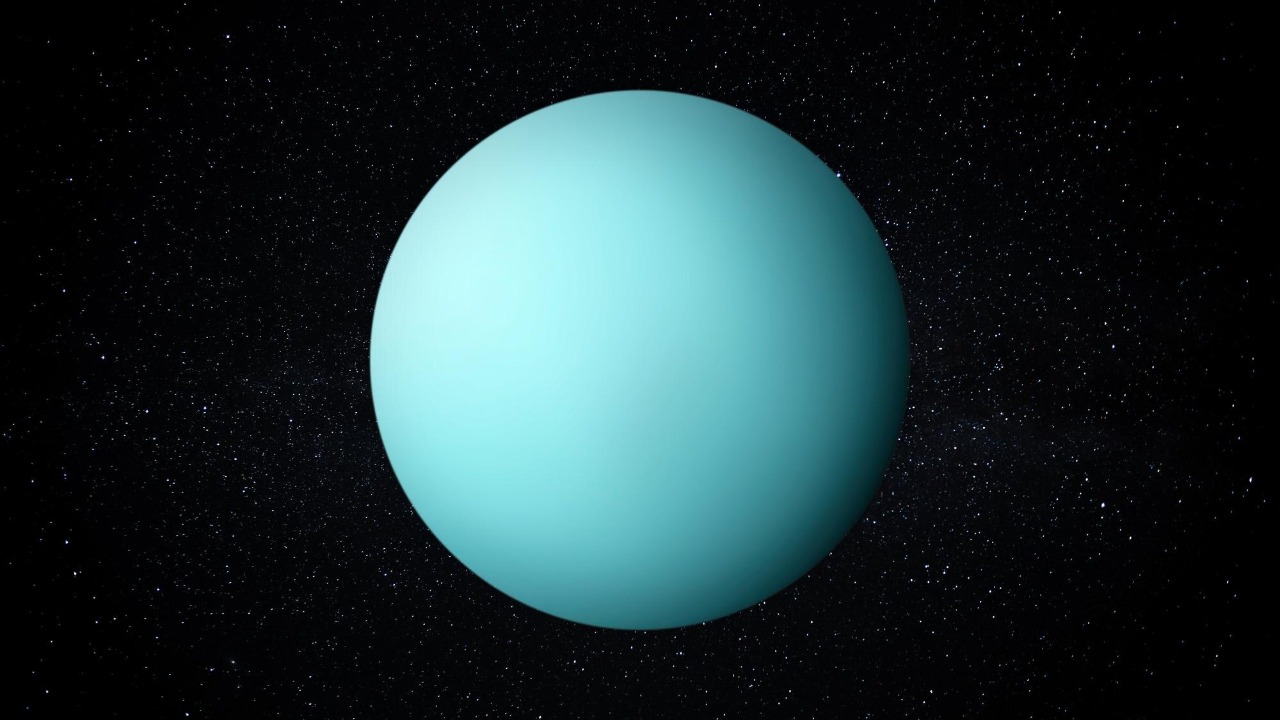
Uranus, the seventh planet from the Sun, is an enigmatic world that has perplexed astronomers with its extreme axial tilt of about 98 degrees. Recent studies suggest Uranus might be tilting even more, sparking discussions and research into the possible causes and implications of this phenomenon.
The Current Understanding of Uranus’s Tilt
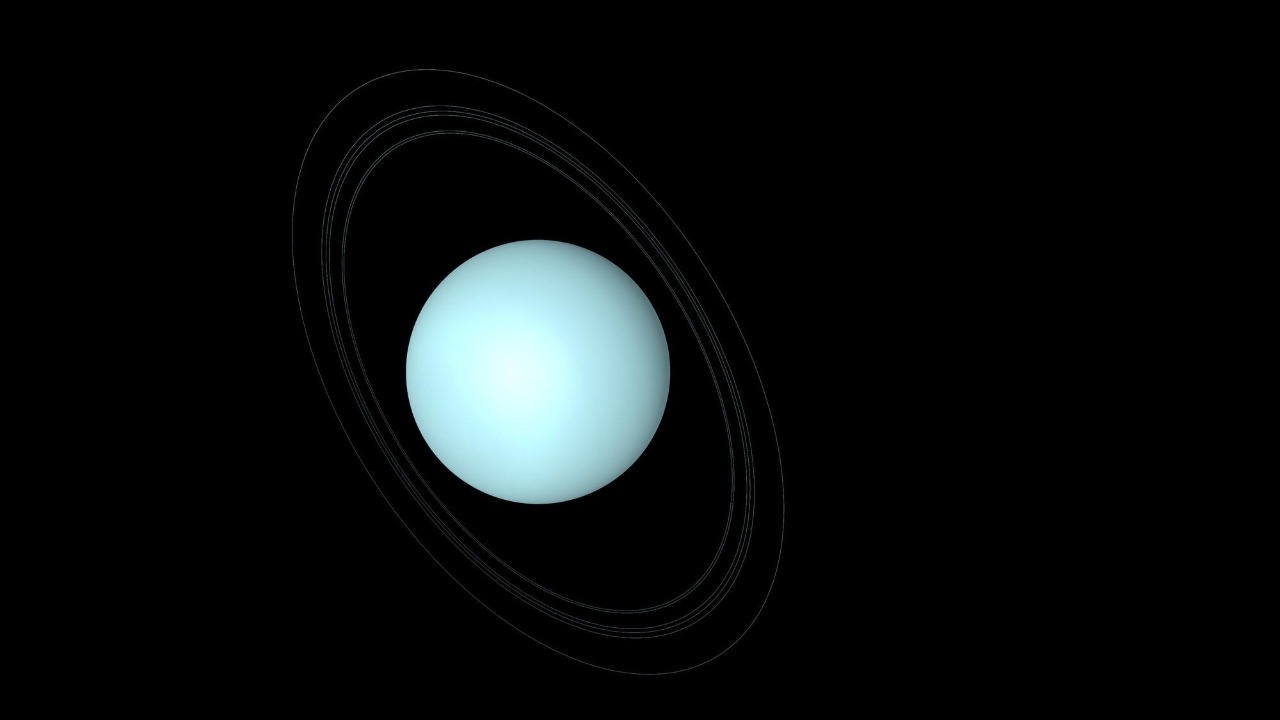
When Uranus was first discovered by William Herschel in 1781, astronomers were immediately fascinated by its unusual axial tilt, which causes the planet to effectively roll along its orbit. This extreme tilt, nearly perpendicular to the plane of the solar system, has long puzzled scientists. Initially, theories focused on a massive collision in Uranus’s past, suggesting that an Earth-sized body may have struck the planet, knocking it into its current sideways orientation. More recent theories have refined these ideas, considering multiple smaller impacts or a gravitational dance with a large moon that has since been lost.
As new data from telescopic and spacecraft observations becomes available, our understanding of Uranus’s tilt continues to evolve. Observations from the Voyager 2 flyby in 1986, and more recent studies using the Hubble Space Telescope, have provided valuable insights. These observations revealed details about Uranus’s atmosphere and magnetic field, which have further implications for understanding its axial tilt. Recent studies suggest that Uranus might be experiencing slow, ongoing changes in its tilt, possibly due to complex gravitational interactions within the solar system.
The Mechanics Behind Planetary Tilts
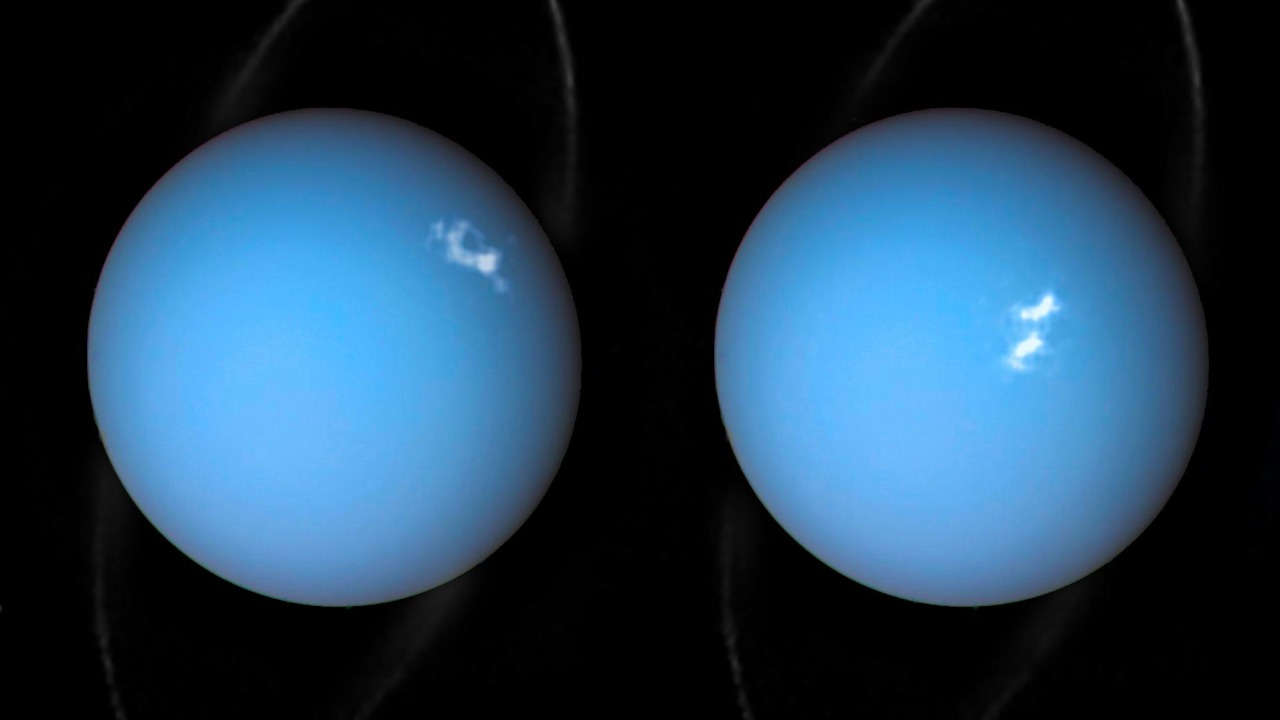
Axial tilt, or obliquity, is a critical factor in determining a planet’s seasonal variations and climate. Earth’s axial tilt of about 23.5 degrees is responsible for the changing seasons. In contrast, Uranus’s extreme tilt results in unique seasonal patterns, with each pole getting around 42 years of continuous sunlight followed by 42 years of darkness. This has significant effects on its climatic conditions, leading to extreme temperature variations across the planet.
When comparing Uranus to other planets in our solar system, its axial tilt is an outlier. Most planets have tilts that are relatively moderate, like Mars at 25 degrees or Jupiter at just 3 degrees. This raises intriguing questions about the role of gravitational interactions in shaping these tilts. For Uranus, the gravitational forces from its large moons and perhaps even interactions with other giant planets like Neptune could be influencing its tilt over time.
Possible Reasons for the Increasing Tilt
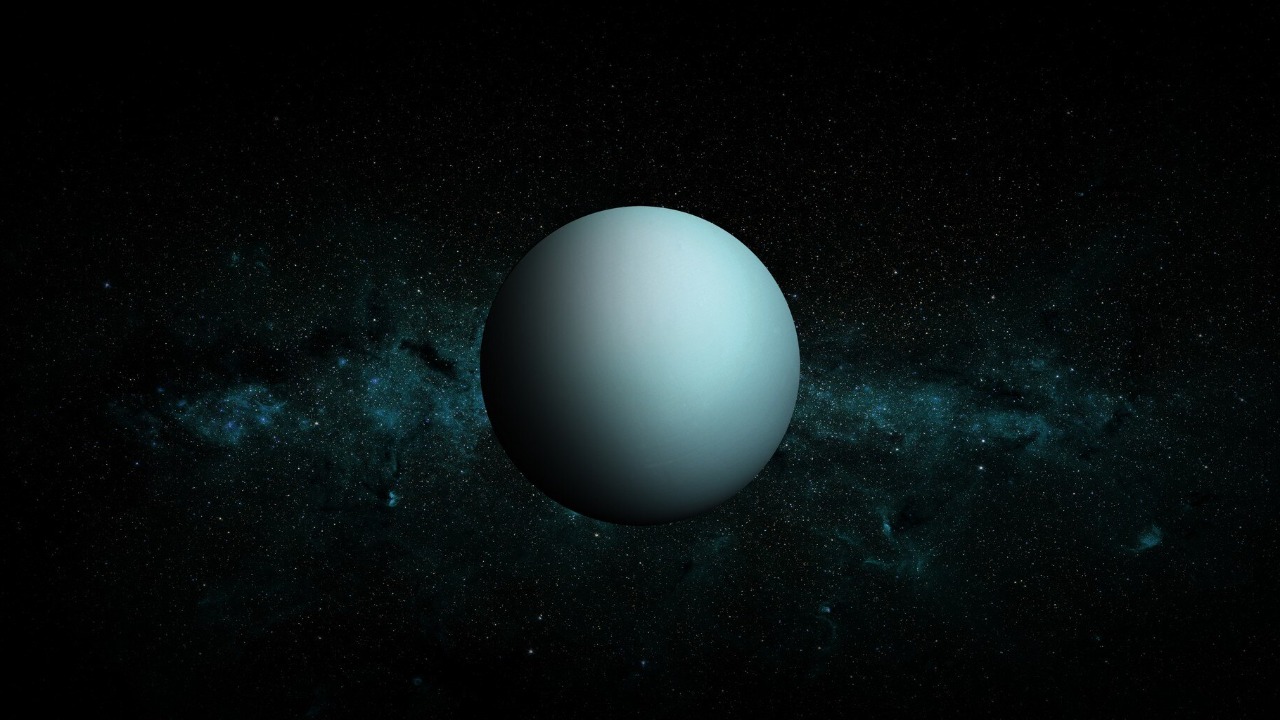
Several theories have been proposed to explain a potential increase in Uranus’s tilt. One possibility involves external celestial influences. Gravitational forces from nearby celestial bodies, such as Neptune or passing comets, might exert enough force to gradually alter Uranus’s axis. Additionally, a new collision with a smaller celestial body cannot be entirely ruled out, although such events are rare and would likely leave detectable evidence.
Another avenue of exploration is Uranus’s internal dynamics. The planet’s interior is composed primarily of ice and rock, with a possible layer of super-pressurized water. Changes in this internal structure, perhaps driven by thermal or magnetic processes, could subtly shift the planet’s mass distribution and, consequently, its axis. Some researchers also consider the possibility of long-term evolutionary changes within the solar system, suggesting that the gradual shifting of planetary orbits over billions of years might be a factor.
Implications of Uranus’s Changing Tilt
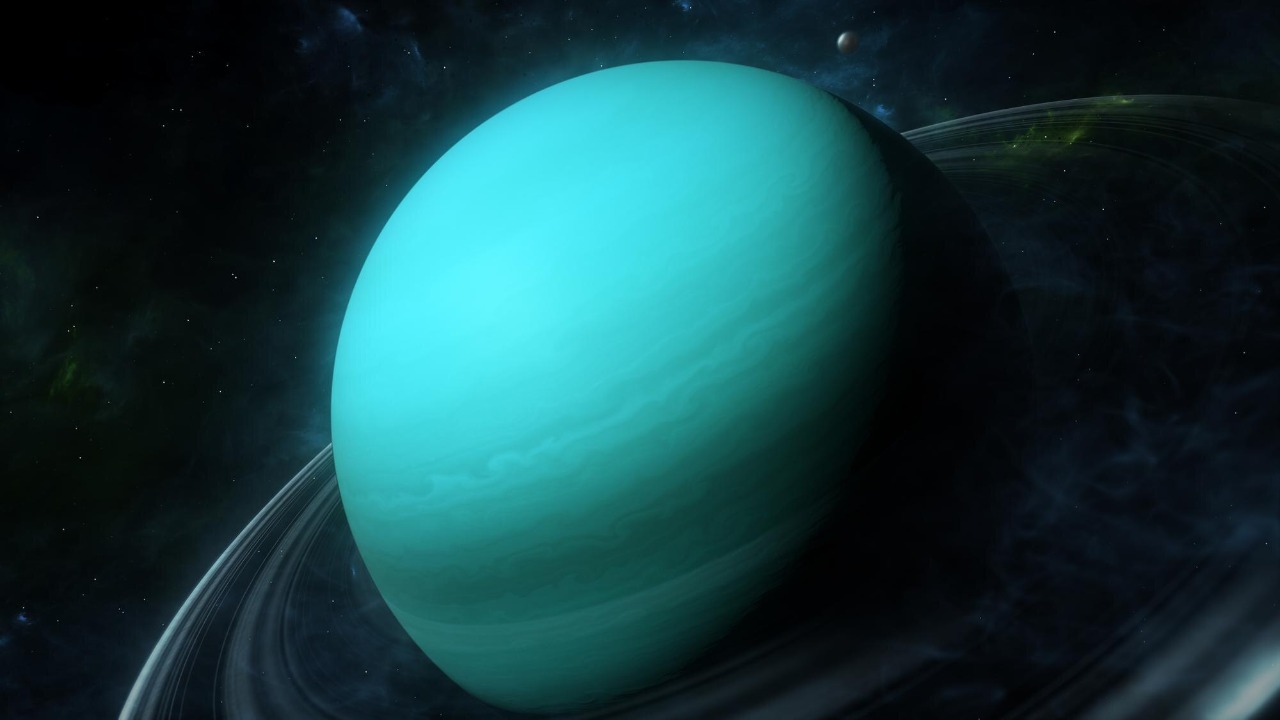
If Uranus’s tilt is indeed increasing, this could have profound implications for its climate and atmosphere. The planet’s extreme seasons could become even more pronounced, potentially affecting the atmospheric dynamics and weather patterns observed on Uranus. Changes in the tilt can lead to variations in the distribution of sunlight across the planet, influencing atmospheric circulation and possibly leading to unexpected weather phenomena.
The effects of a changing tilt would not be limited to Uranus itself. Its moons and rings would also experience shifts in their orbits and characteristics. The gravitational interactions between Uranus and its moons are complex, and a change in the planet’s tilt could alter the gravitational balance, impacting the orbits of its moons. This could lead to new insights into planetary science, particularly in understanding how moons and ring systems evolve over time.
Future Research and Exploration
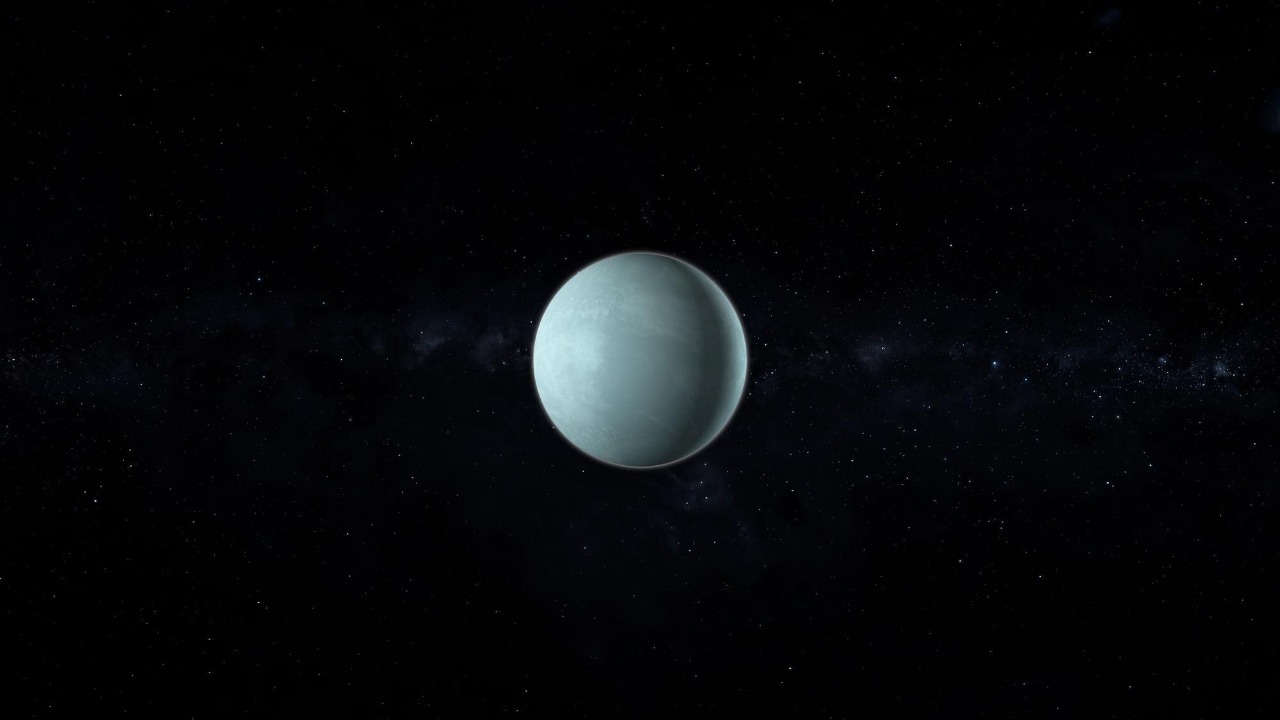
To better understand the dynamics of Uranus’s tilt, future missions and technological advancements are crucial. NASA and other space agencies are considering missions to Uranus and Neptune, which would provide invaluable data on these distant worlds. Such missions could include orbiters equipped with advanced instrumentation to study the planet’s magnetic field, atmosphere, and moons in detail.
In addition to spacecraft missions, computer simulations and models are playing an increasingly important role in predicting and understanding changes in Uranus’s tilt. These models help scientists test various hypotheses about the planet’s past and future behavior. By simulating different scenarios, researchers can better understand the potential causes and consequences of Uranus’s shifting axis.
Continuous observation of Uranus is essential to track changes in its tilt and gain a deeper understanding of its complex dynamics. As new technologies and methods are developed, astronomers will continue to unravel the mysteries of this tilted giant, enhancing our knowledge of planetary formation and evolution. The journey of discovery is ongoing, with each new finding contributing to the broader tapestry of our understanding of the universe.